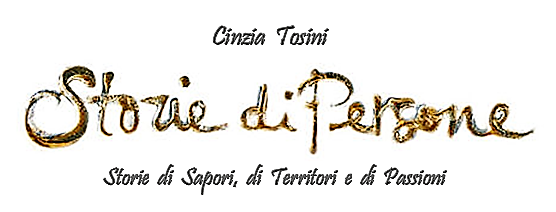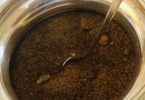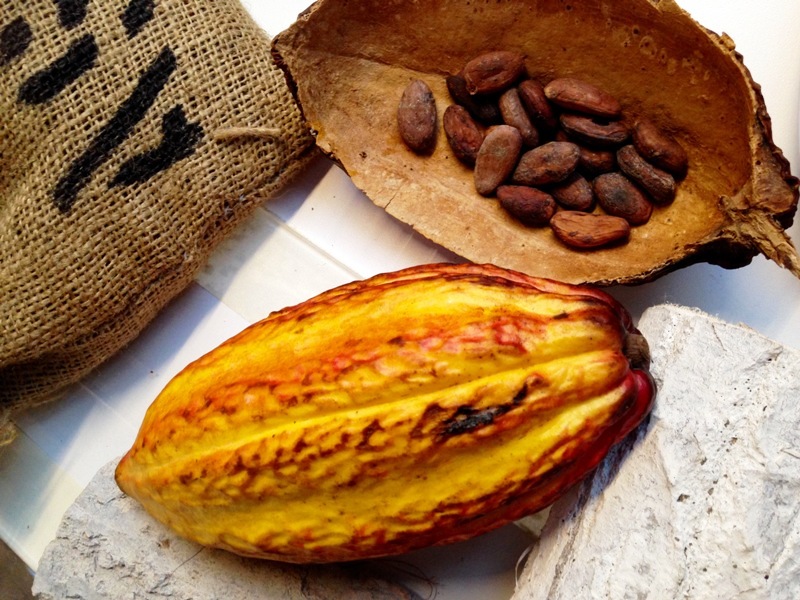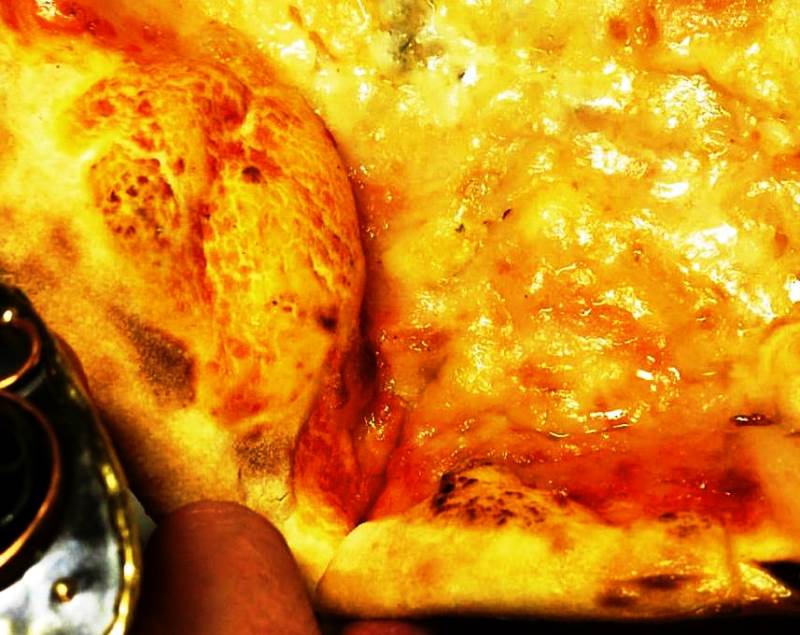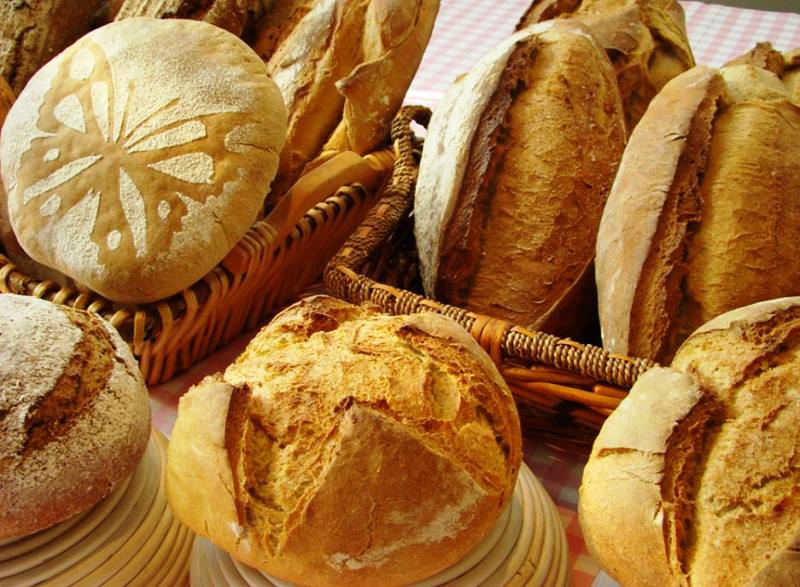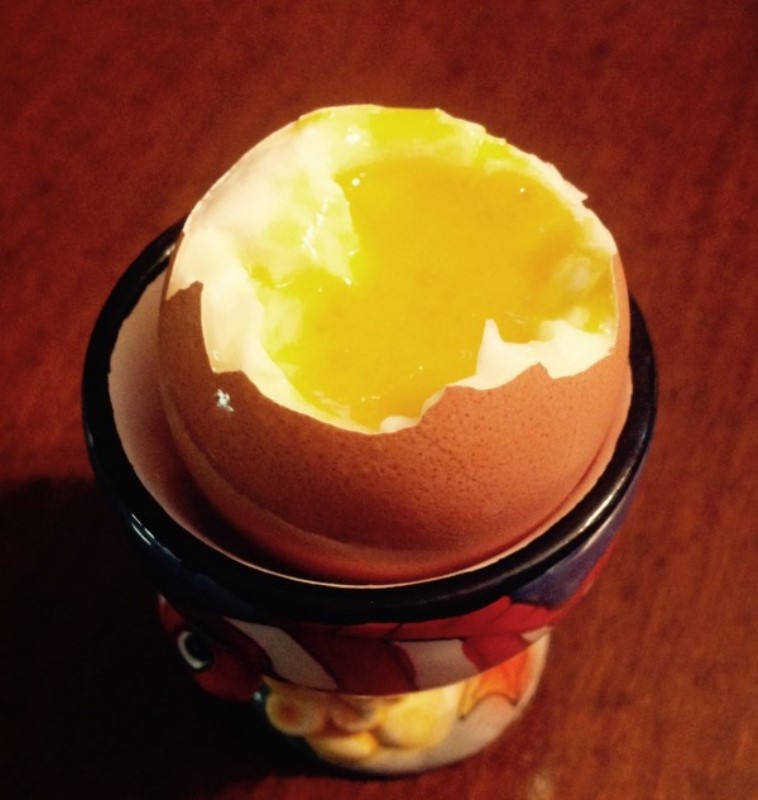Now you say: “Cynthia, but that's not how it is said!” Lo so bene! Not for nothing are passionate woman with swords, and then I borrowed the phrase and I adapted a little bit. Also because I confess to being known for my gaffe spontaneous and not remembering ... well proverbs is my habit storpiarli! Son mica perfect! 😉
Having said this, and at the head. I wear the armor and sword I am ready to defend the butter!
This product derived from the processing of cream, is almost demonized, unfairly in my opinion, convinced that not only good but good face! But do you remember those beautiful slices of bread, butter and jam we ate from small?? Well ... I still eat them, but few are those who do. 🙁
So now by hard head which I try to convince you!
How to say ...?! But while making my dear Nicholas, or better, the Prof.. Nicola Sorrentino specialist in food science. 🙂
- Nicola, explain to me what is the relationship between cholesterol and butter?
Cynthia, butter contains saturated fats primarily of, also contains cholesterol, all substances taken excessively predispose to cardiovascular disease, even more so when combined with other risk factors such as smoking, overweight, and a sedentary lifestyle. The butter fat, however, unlike other fats are “short-chain”, particular important fats for energy readily available and easily digested when eaten raw.The butter and a’ excellent source of fat-soluble vitamins (A, D).
As regards cholesterol, 100 g butter will make 250 mg, less than two eggs which alone bring about 360 mg of cholesterol. The guidelines for healthy eating Italian not say to avoid butter, but in the context of fat intake, I recommend a portion (10 g) per day.
A good butter is given mainly by the quality of “cream ” (put), and its processing. The butter is made by separating the fat (solid) milk from the liquid. To obtain 1 kg of butter are needed 23-25 kg di latte. It’ a lot of food energy because it consists primarily of fat. Lipids or fats are the nutrients at a higher calorific: provide approximately 9 kcal/g, more than twice that of sugar (carbohydrates) and proteins.
The butter is free from grinding and treatments hydrogenation (reaction that transforms the normally liquid vegetable oils into solid fats). The hydrogenation process can lead to the formation of “trans fatty acids” dangerous to our health, because they lower the good cholesterol and raise the bad cholesterol. Often the hydrogenation is conducted at oils not good quality. Learn to read labels, because often these acids are contained in margarines, in cooking fat, and in many bakery products such as biscuits or pastries. Currently there are products on the market with words “non hydrogenated vegetable fat”: they certainly do not contain trans fatty acids, but are not products that you can identify as the best. We prefer those that contain olive oil or butter.
That said I would add ...: "From tomorrow at breakfast both adults and children, bread and butter ... big smiles! 🙂
